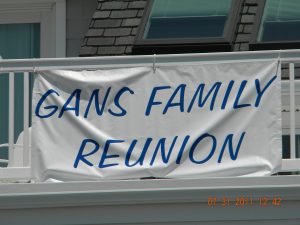 I attended the 2016 Gans Family Reunion this past weekend. This is the 3rd such reunion, over the span of almost 10 years. Prior to the first one, I knew very few of my Gans relatives—they were names in a family tree, elusive cousins who existed somewhere in the wilds of Haverford.
I attended the 2016 Gans Family Reunion this past weekend. This is the 3rd such reunion, over the span of almost 10 years. Prior to the first one, I knew very few of my Gans relatives—they were names in a family tree, elusive cousins who existed somewhere in the wilds of Haverford.
Once upon a time, my great-grandfather George married Catherine. He had 2 sons and a daughter that survived to adulthood. His wife Catherine died in the 1918 flu epidemic, when her youngest child, my grandfather, was only 3 years old. George married Helen some six months later, and with her he had 2 daughters and a son.
Although we cannot know the family dynamic, we do know that the younger children did not know for some time that the older children were not full siblings. We also cannot know Helen’s feelings for her husband’s first children. All we know is that when my grandfather Bill married my grandmother, my great-grandfather disowned him. The story is that it was because my grandmother was not Catholic, but many feel that was a convenient excuse to cover whatever deeper issues prompted the move.
The rift was not a complete sunder—my eldest uncle remembered his first cousins, and they remembered him. My father remembers being at my great-grandfather’s house on one occasion, and my great-grandfather letting them into the movie theater where he worked for free. Once my grandfather moved his family from Haverford to Ocean City, though, the gap widened as distance took its toll.
Still, tenuous ties remained. My eldest uncle would stop in and see his cousins when in the area. He attended an earlier Gans reunion, which sparked the ember. Finally, my father’s first cousins decided on a full Gans Family Reunion. They were all getting older, and what did some falling out 70 years ago matter anymore? All the participants were long dead.
And thus the first Gans Family Reunion happened. Everyone had such a great time, they have repeated it twice since. Several of us from different branches of the family are interested in genealogy, so we shared information and continue to do so today. It was gratifying to find that the 3 of us had found the same family line—independent confirmation of our findings.
Nowadays, we have DNA to help in our genealogical research. My dad did a DNA kit already, and two of his first cousins are also going to do it. Hopefully they will all match!! Our Gans DNA is strong. Looking at the first cousins, the resemblance is striking. And people this time noticed how much even some of the 3rd cousins looked alike.
I am so grateful for my Gans cousins for hosting these events, where distant cousins become not-so-distant. Blood truly is thicker than water, calling us together as time diminished whatever squabble had torn the family apart. I look forward to having more get-togethers in the future, where past, present, and future collide.
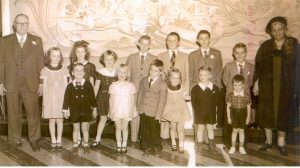
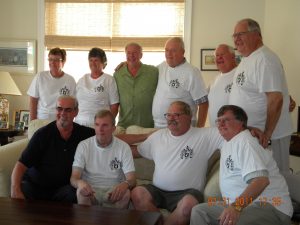
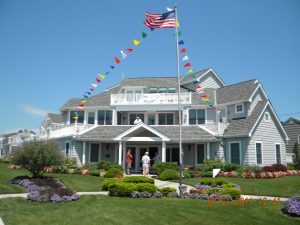
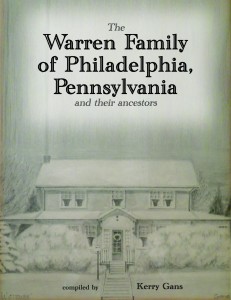
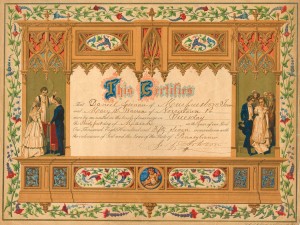
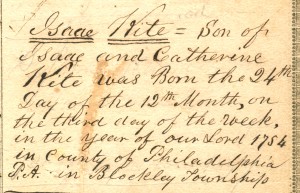
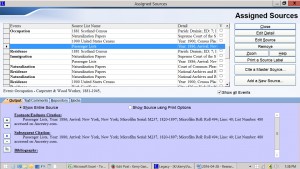

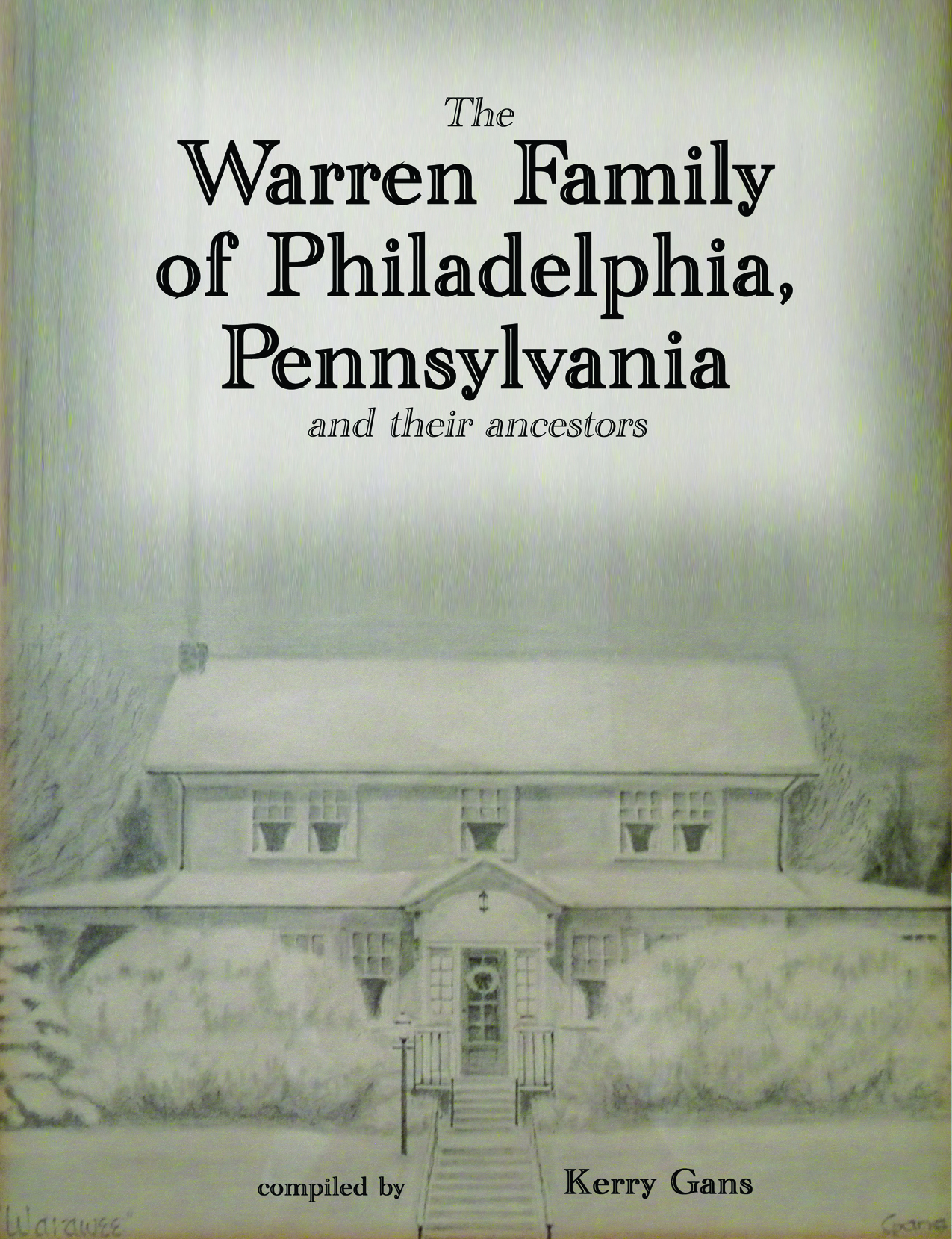
The Best of The Goose’s Quill 2016
As 2016 winds to a close, I take a look back and see what Goose’s Quill posts resonated with my readers the most. I often get surprised! Here are the top 20 of the year:
And my #1 read post of 2016:
Thank you everyone for reading The Goose’s Quill! Have a safe and Happy New Year, and I will see you in 2017!
Save
Save
Save